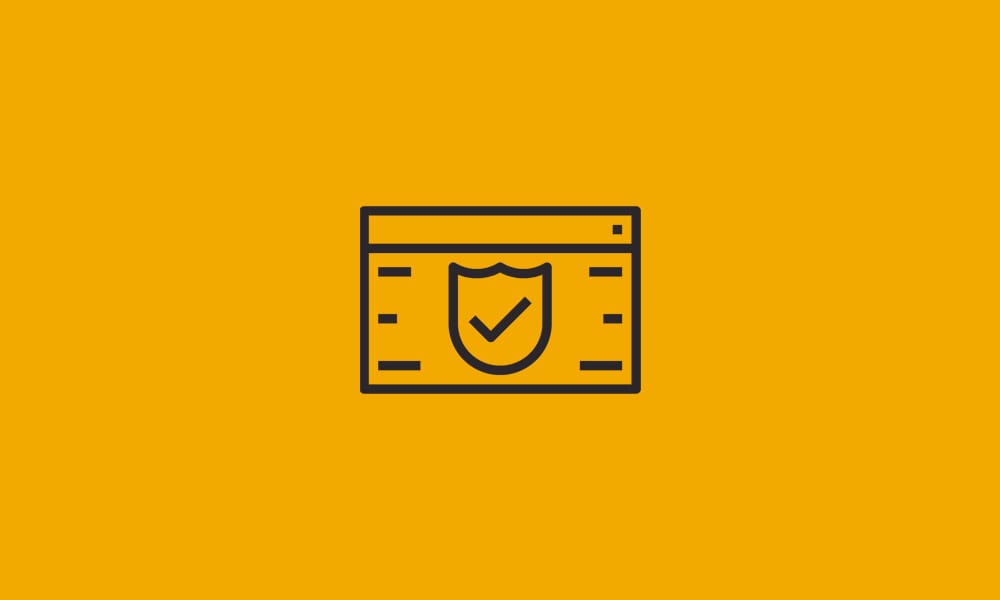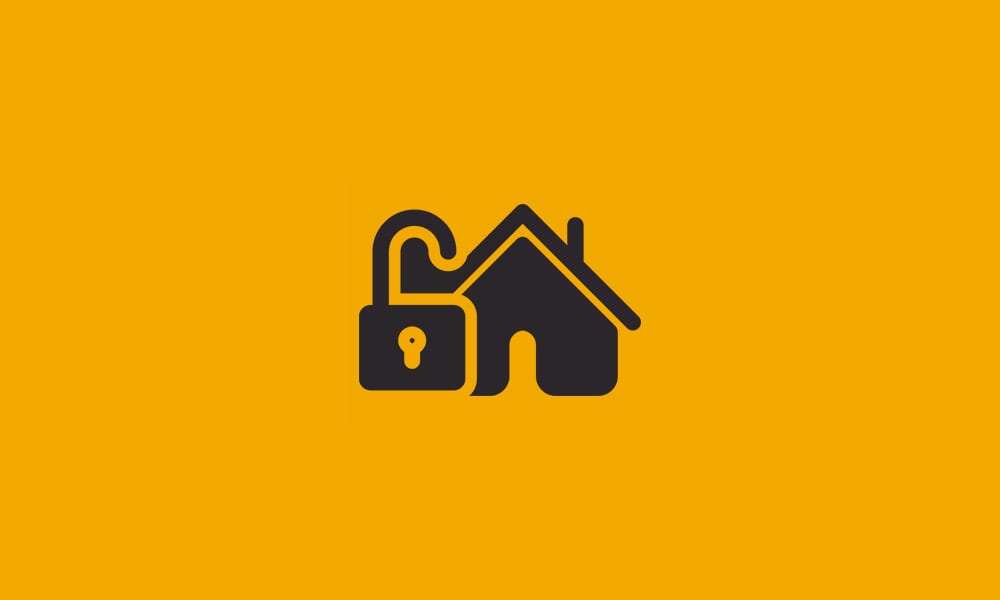Greater Dayton Area Hospital Association

Google Chrome Updates – Is Your Site Secure?

The world’s most popular Internet browser, Google Chrome, is releasing an important update in the coming weeks. Starting with the public and stable release of Chrome update 68, the browser will show a yellow “warning” icon next to the URL of web sites which are not protected by a SSL cert, and when this icon […]
Just Keep Swinging : DataYard Celebrates 23 Years

This year at DataYard we celebrate 23 years of hard work, ambition, and success. First things first, we want to thank all of our wonderful, loyal clients who have chosen us for 20 years or just over the last year, your trust in us means everything. Secondly, we want to thank our team that is […]
Keeping the Internet Safe

Earlier this month was Safer Internet Day, which is a day dedicated to creating awareness around safe internet usage mainly geared towards children and teens. I realized this topic didn’t exist when I was growing up. Think about it for a second. I am in my mid-late twenties and I have had more years with […]
Securing Your Home Network

Earlier this month was Safer Internet Day, which is focused on educating and creating awareness for a safer internet. As Dayton’s only local ISP (Internet Service Provider), DataYard knows the importance of internet safety and security. While we do our part to keep the internet safe as a provider, the only one who can keep […]
5 REASONS WE’RE EXCITED FOR TASTE OF IT

Technology First’s annual event, Taste of IT, is coming next Wednesday and we feel compelled to share with you some of the reasons we’re excited to be joining and sponsoring the event! Not only is it a great Dayton-based trade show focused on IT, but it typically brings in over 300 attendees with exhibitors from […]
5 Reasons Why Disney’s Channel Facade is Falling

An article by The Wall Street Journal came out yesterday revealing Disney’s struggles with ratings and viewership decline and honestly, we’re not surprised. As a company that values innovation, we’re not shocked when large companies fail to innovate quickly. As online providers such as Netflix, Amazon and the infamous, endless blackhole of YouTube have garnered more and […]
A Commitment to Radical Privacy

On April 3rd, President Trump signed legislation repealing the FCC’s privacy regulations. As a result, Internet Service Providers (like DataYard, AT&T, Spectrum, etc.) can now quietly gather, store, and sell the Internet histories, communications, and usage patterns of everyone they provide Internet access to. The legislation goes further, by placing restrictions on the types of […]
Roomberry Project v.10
With just one week remaining, we managed to have a successful week tying everything together. Like Owen said last week, we ran into issues with the RFID. We had finally gotten it to work on our makeshift electrical tape track with a few sensors along the way, and decided to move it along to a […]
Roomberry Project v.9
Monday was yet another productive start to the week for Jim and I. More testing was done on RFID tags, and we fully ironed out our IR line following. However, on Wednesday tragedy struck. Ever since we first had started messing around with RFID tags, there have been issues. with our 125kHz reader, we could […]
